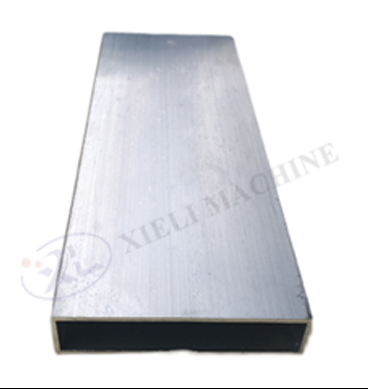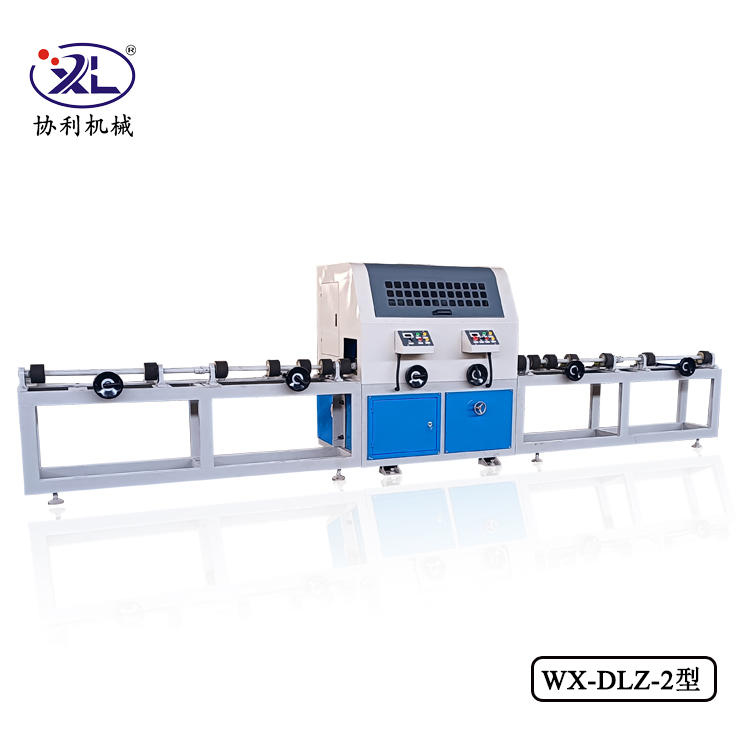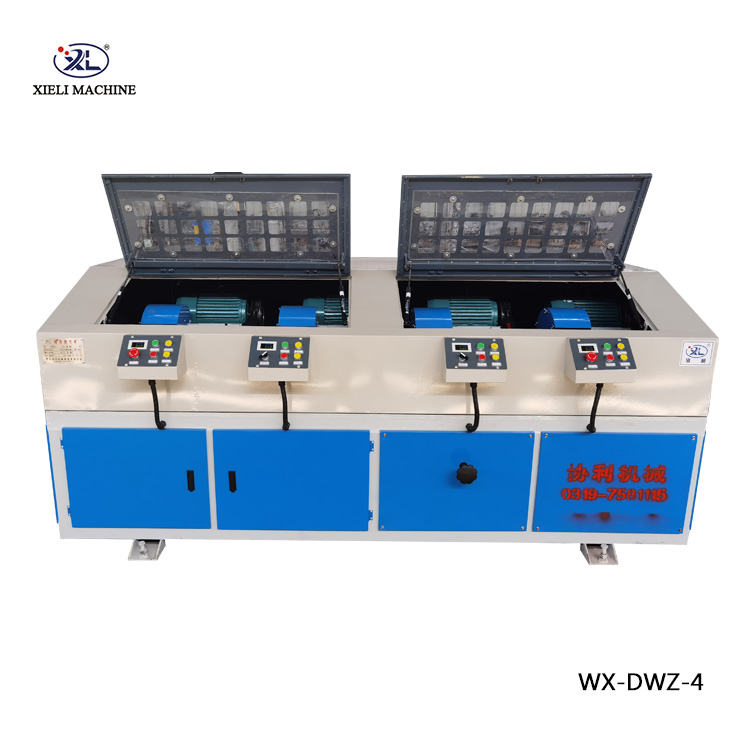Best Centerless Grinder Automation Revolutionizing Precision Grinding
In the world of manufacturing, precision and efficiency are paramount. Centerless grinding has emerged as a highly effective method for producing cylindrical components with exact specifications. The evolution of technology has led to significant advancements in centerless grinder automation, which not only enhances productivity but also ensures consistent quality. In this article, we will explore the features and benefits of the best centerless grinder automation systems available today.
Understanding Centerless Grinding
Centerless grinding is a machining process that involves the grinding of workpieces without the need for centers to hold the part in place. This process utilizes two wheels – a grinding wheel and a regulating wheel. The grinding wheel removes material from the workpiece, while the regulating wheel controls the rotational speed and feeds the material into the grinding zone. The lack of fixtures allows for high-speed production and is particularly effective for producing parts with tight tolerances.
The Need for Automation
As industries face increasing demands for higher production rates and improved quality, the need for automation in centerless grinding has grown. Automated systems can help reduce human error, enhance operational efficiency, and minimize downtime due to manual intervention. Automation systems can seamlessly integrate with existing equipment, allowing manufacturers to realize substantial productivity gains without drastic overhauls of their operations.
Key Features of Advanced Automation Systems
1. Robust Software Integration The best centerless grinder automation systems come equipped with advanced software that offers real-time monitoring and control of the grinding process. This allows operators to adjust parameters on-the-fly, ensuring consistent quality and reducing scrap rates.
2. Automatic Loading and Unloading A critical feature of modern automated systems is the ability to automatically load and unload workpieces. This minimizes the time spent on manual handling and accelerates the production cycle. Robots or automated feeders are often employed, enabling continuous operation and optimal workflow.
3. Quality Assurance Sensors Incorporating high-precision sensors into the grinding process allows for immediate feedback on workpiece dimensions. This real-time data can be used to adjust the grinding process dynamically, ensuring that every part meets the required specifications.
best centerless grinder automation

4. User-Friendly Interfaces Modern automation systems come with intuitive user interfaces that simplify operation. Operators can easily navigate through settings, monitor performance metrics, and receive alerts, facilitating quicker decision-making and reducing the need for specialized training.
5. Versatility and Scalability Advanced centerless grinder automation solutions can be tailored to accommodate a variety of workpiece sizes and materials. This versatility means that manufacturers can respond quickly to changing demands without needing to invest in entirely new systems.
Benefits of Centerless Grinder Automation
1. Increased Output By reducing the time spent on manual loading and unloading, as well as lowering the likelihood of human error, automated systems significantly enhance throughput. This is particularly important in high-volume production settings.
2. Improved Product Quality The consistent application of the grinding process ensures that workpieces are produced to exact specifications. Automated systems can detect anomalies in real-time and adjust parameters instantly, leading to fewer defects.
3. Lower Operational Costs Although the initial investment in automation can be substantial, the long-term savings often outweigh these costs. Reduced labor costs, minimized scrap rates, and heightened efficiency contribute to greater profitability over time.
4. Enhanced Safety Automation reduces the need for human intervention in potentially hazardous environments, thereby enhancing workplace safety. Automated systems can also be designed with safety features that protect both the equipment and the operators.
5. Data-Driven Insights Automation systems generate valuable data that can be analyzed to improve processes further. By leveraging this information, manufacturers can optimize performance and make informed strategic decisions.
Conclusion
The evolution of centerless grinder automation represents a significant advancement in the manufacturing landscape. By integrating state-of-the-art technology, manufacturers can achieve unprecedented levels of efficiency and precision. As industry demands continue to evolve, embracing automation in centerless grinding will be essential for staying competitive in a fast-paced market. Adopting these innovative solutions not only enhances operational capabilities but also positions companies for future growth in an increasingly automated world.





